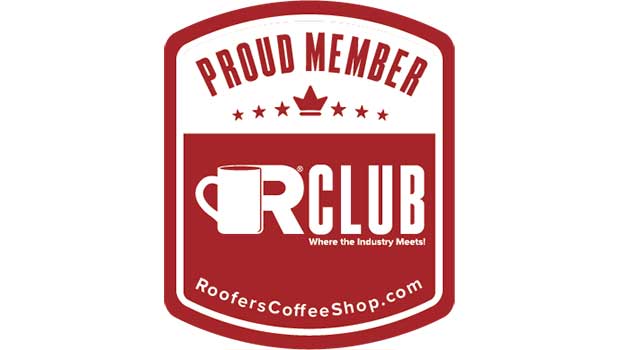Understanding the lifespan of your roof is crucial for planning maintenance, repairs, and eventual replacement. This post will discuss the expected longevity of different roofing materials—namely asphalt shingles, metal, and tile—and the factors that can influence this duration. Additionally, we’ll illustrate how Fields Roof Service can assist homeowners in Kent, WA, in extending the lifespan of their roofs through expert services.
Read More
























